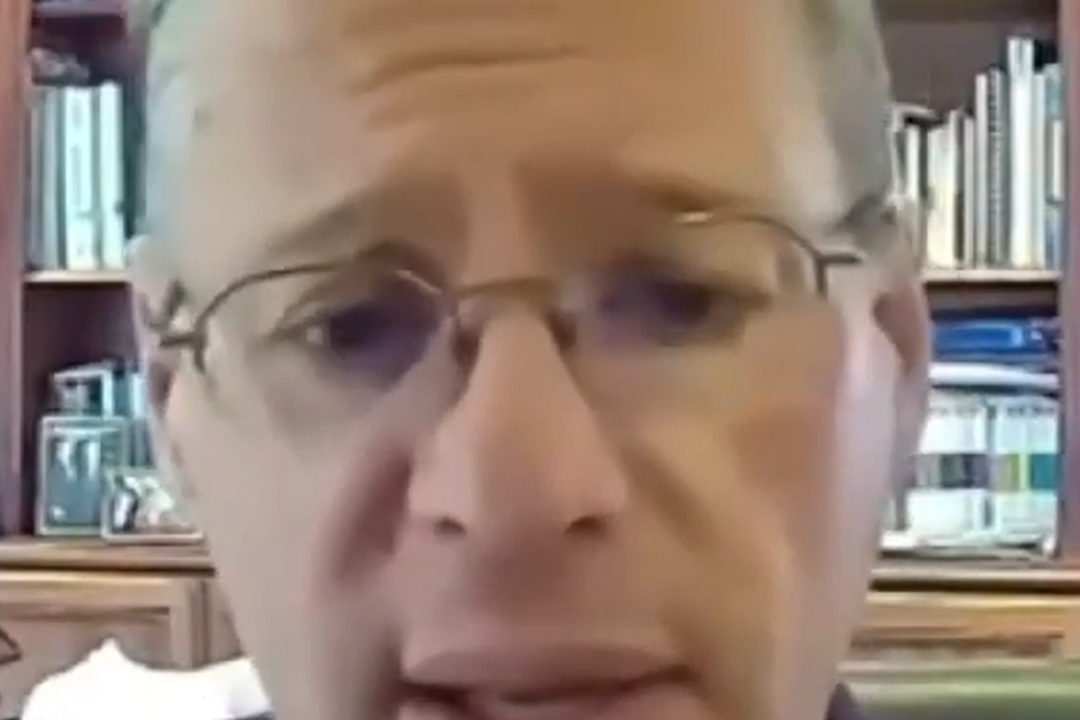
Bolivia’s Economic Model: A System Exhausted by Debt and Decline
Summary and Analysis of Jaime Dunn’s Diagnosis of the MESCP
In "Diagnóstico de un Modelo Agotado", Bolivian economist Jaime Dunn presents a powerful critique of the Modelo Económico Social Comunitario Productivo (MESCP)—the cornerstone of Bolivia’s economic policy since Evo Morales came to power.
Dunn argues that the MESCP was never a self-sustaining model. Instead, it functioned as a redistributive system entirely dependent on a historic commodity boom. When the prices of natural gas, oil, and minerals plummeted in 2014, the model’s lifeline was severed. Rather than reform, the government responded by increasing internal and external public debt—a strategy that has put Bolivia’s fiscal future at serious risk.
📌 Key Points from the Report
-
The MESCP is not a unique “fourth model” but a mixed economy with socialist overtones and the state at its center.
-
Bolivia’s “golden years” (2006–2014) were driven by international demand—not smart policy.
-
Hydrocarbon revenues rose from $674M (2005) to over $5.4B (2014), allowing for social programs, massive public works, and wage hikes.
-
After 2014, exports declined, reserves dropped, and Bolivia became a net importer of gas by 2022.
-
Social programs now cover over 30% of the population but are funded with shrinking revenue streams.
-
Public debt soared from 38% to 81% of GDP by 2021—mostly through internal borrowing from the Central Bank and pension funds.
-
State-owned enterprises (SOEs) received soft loans but underperformed, with many operating at a loss.
-
Dunn warns that the MESCP is now powered by debt rather than surplus—raising red flags about Bolivia’s long-term stability.